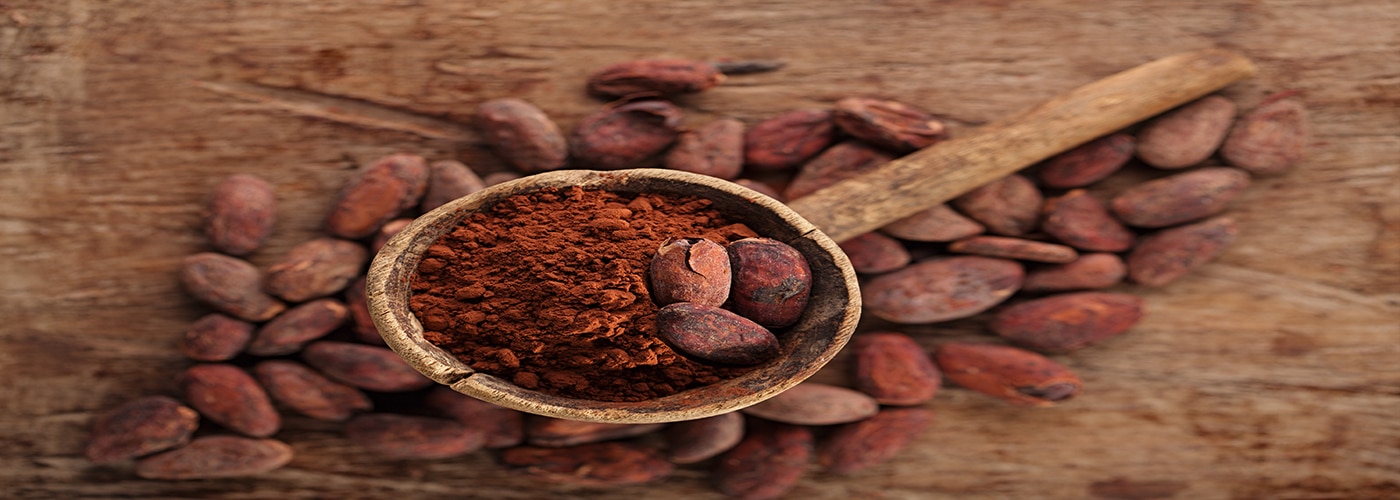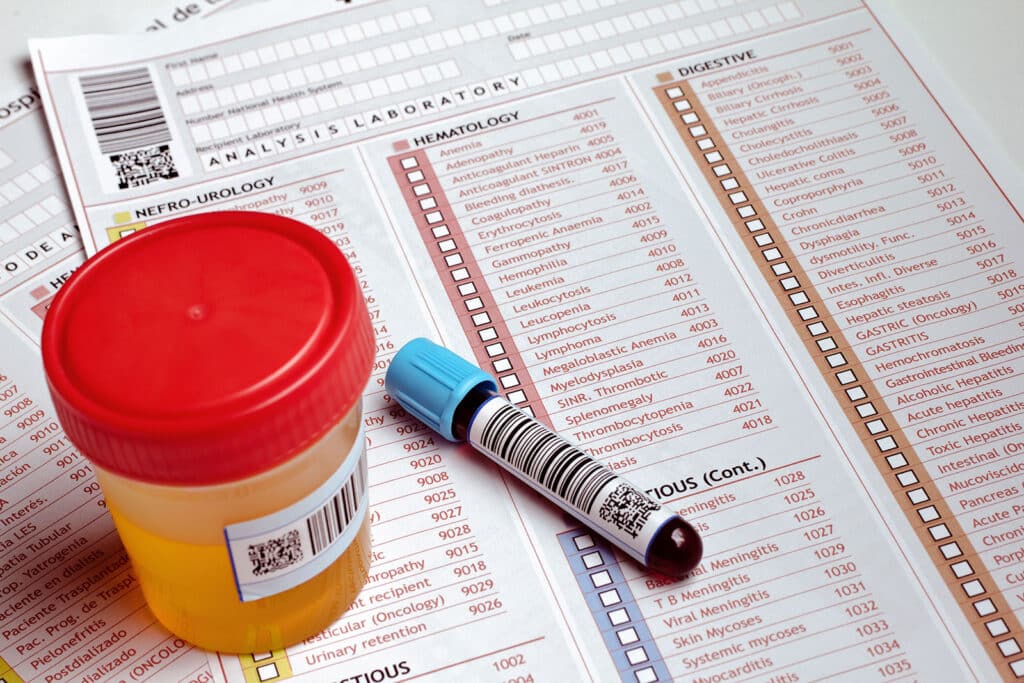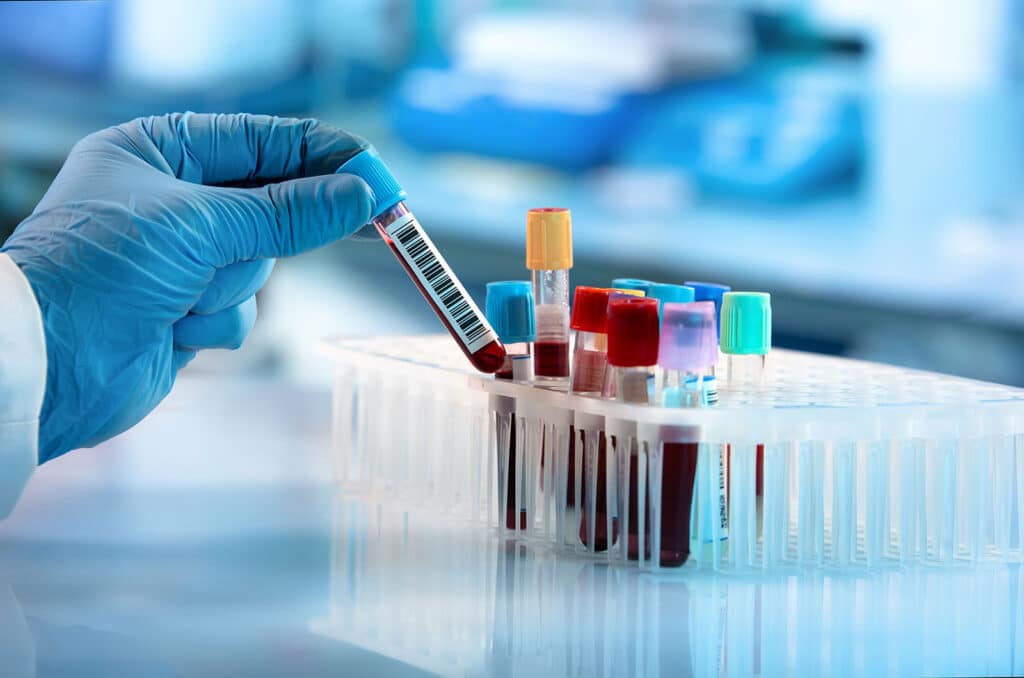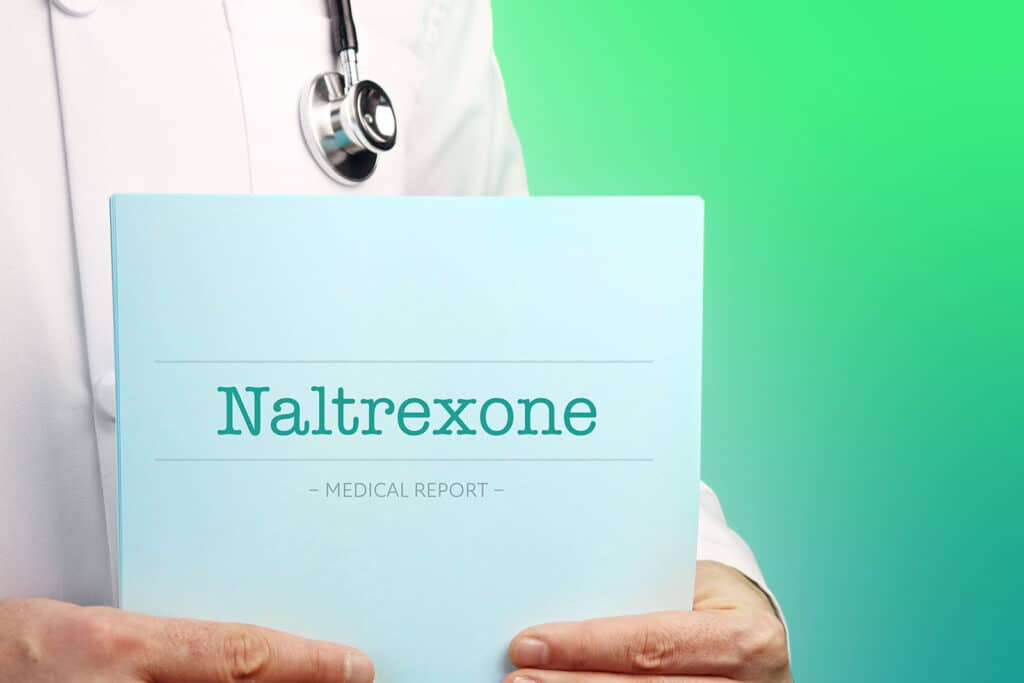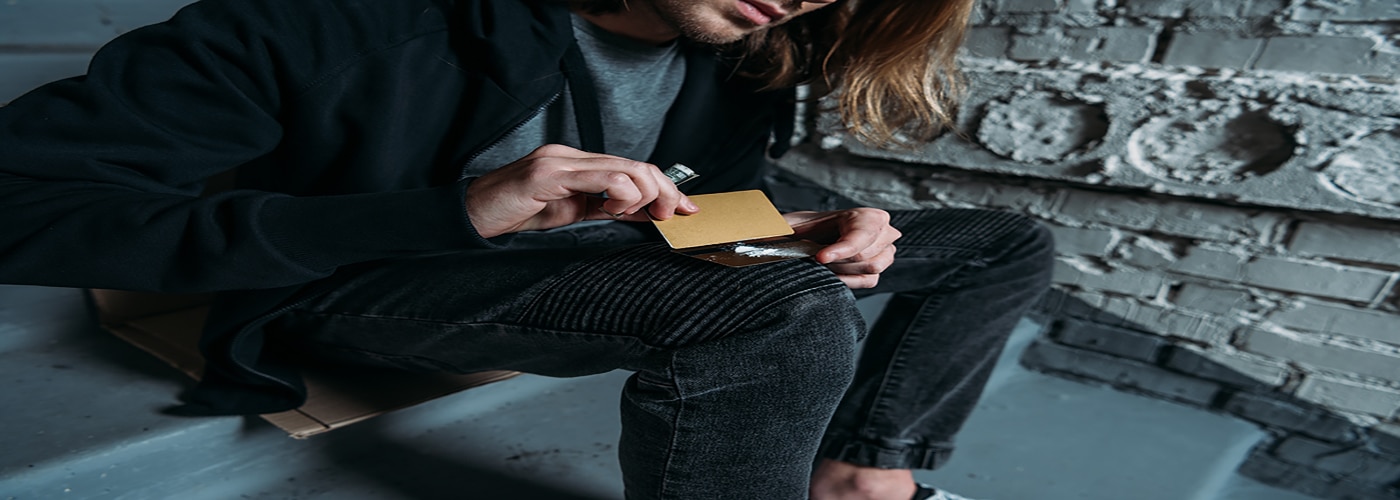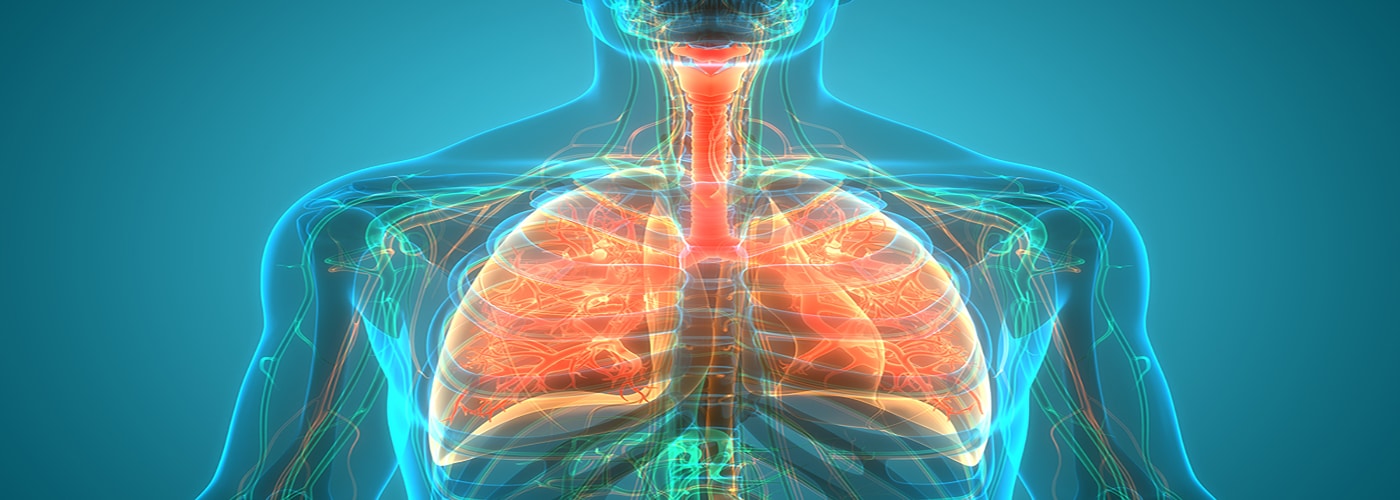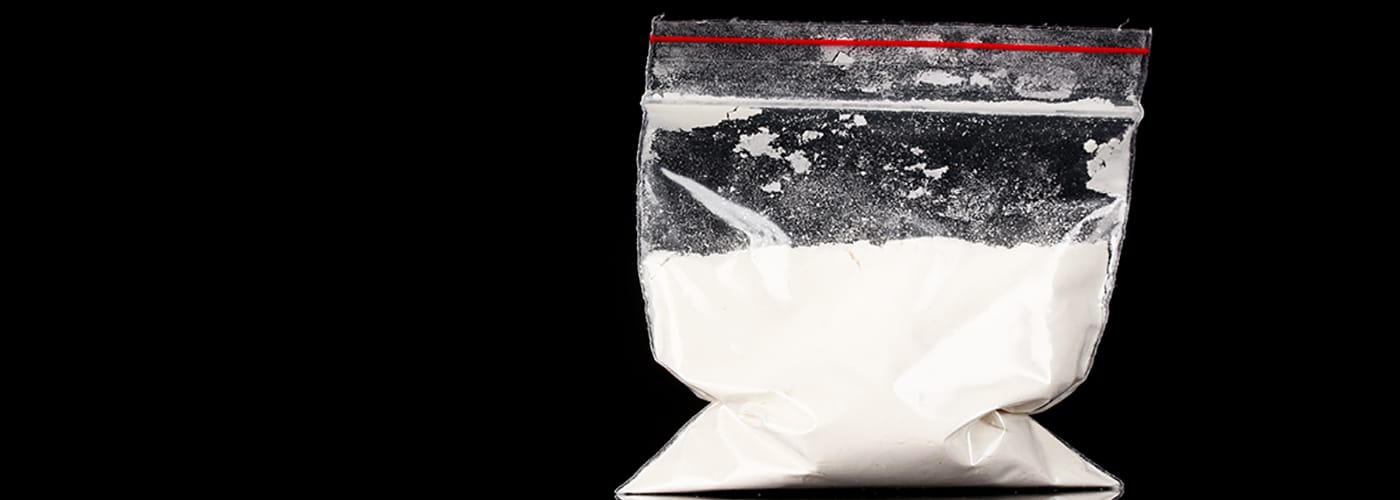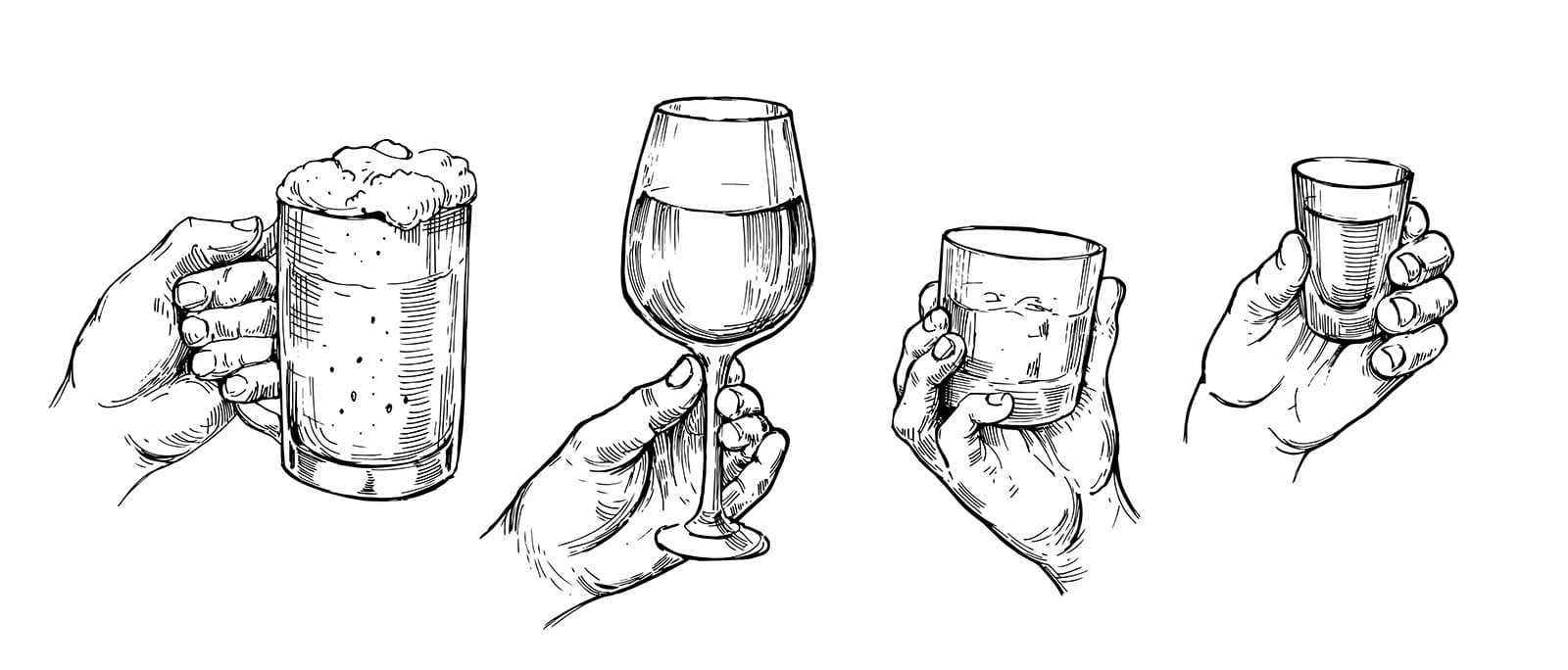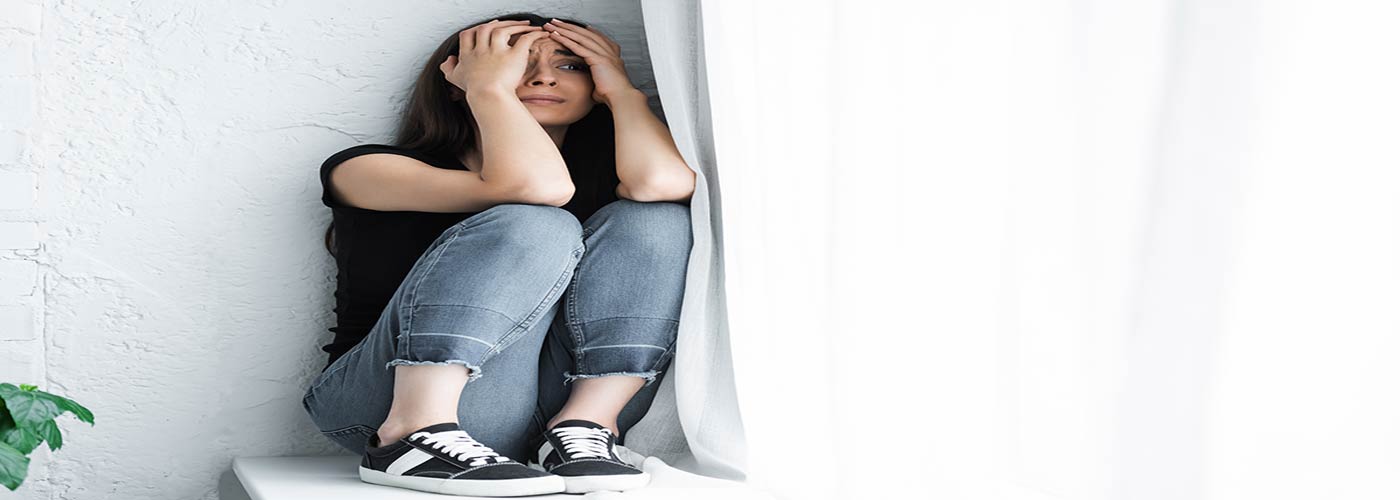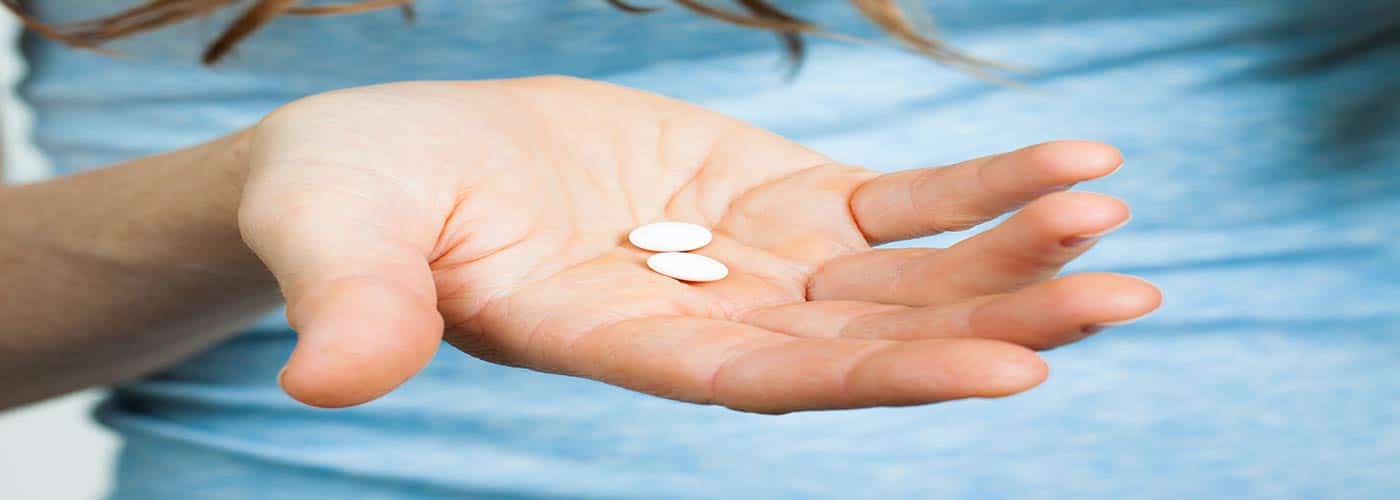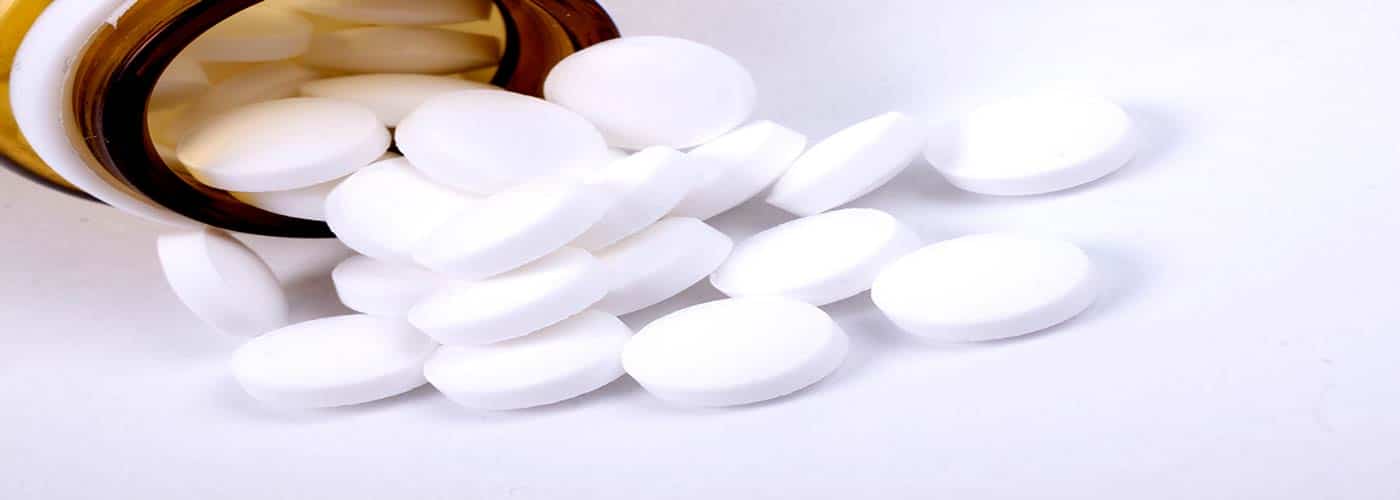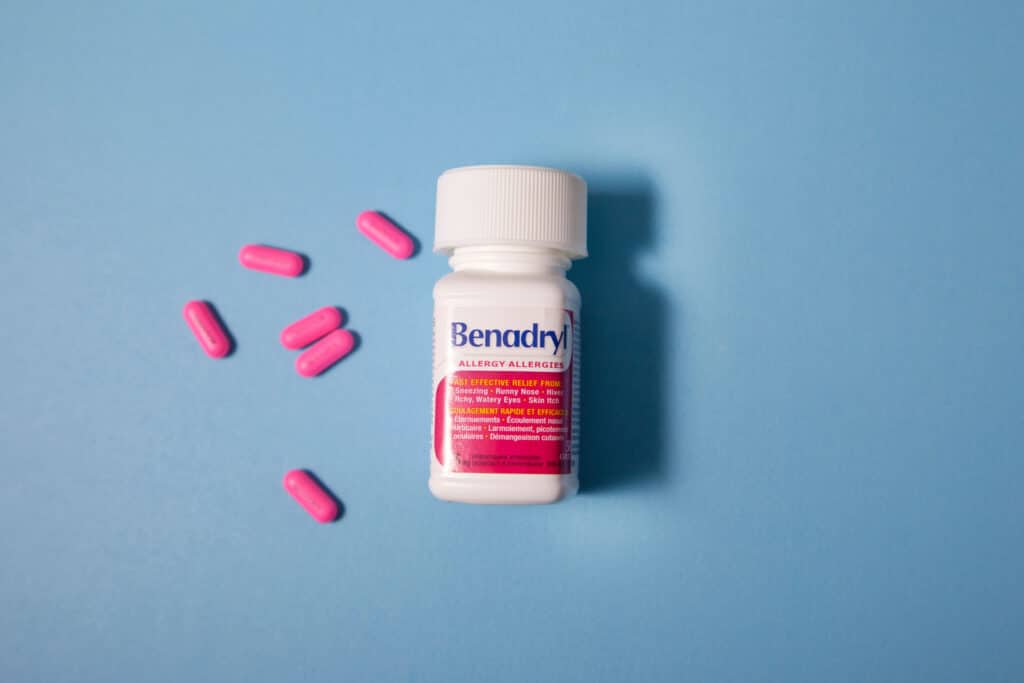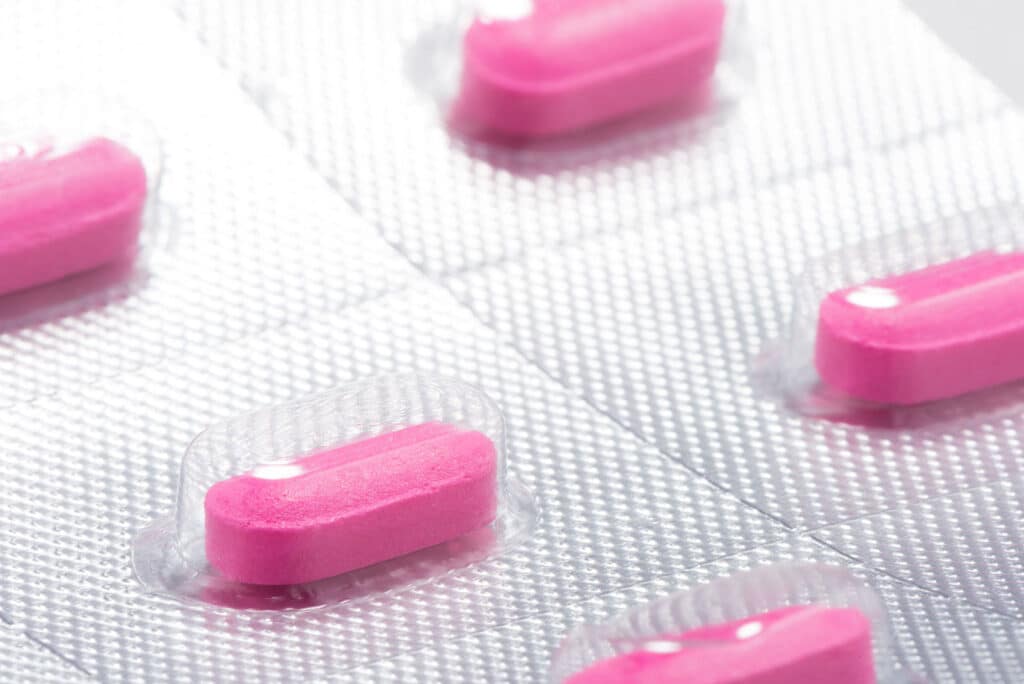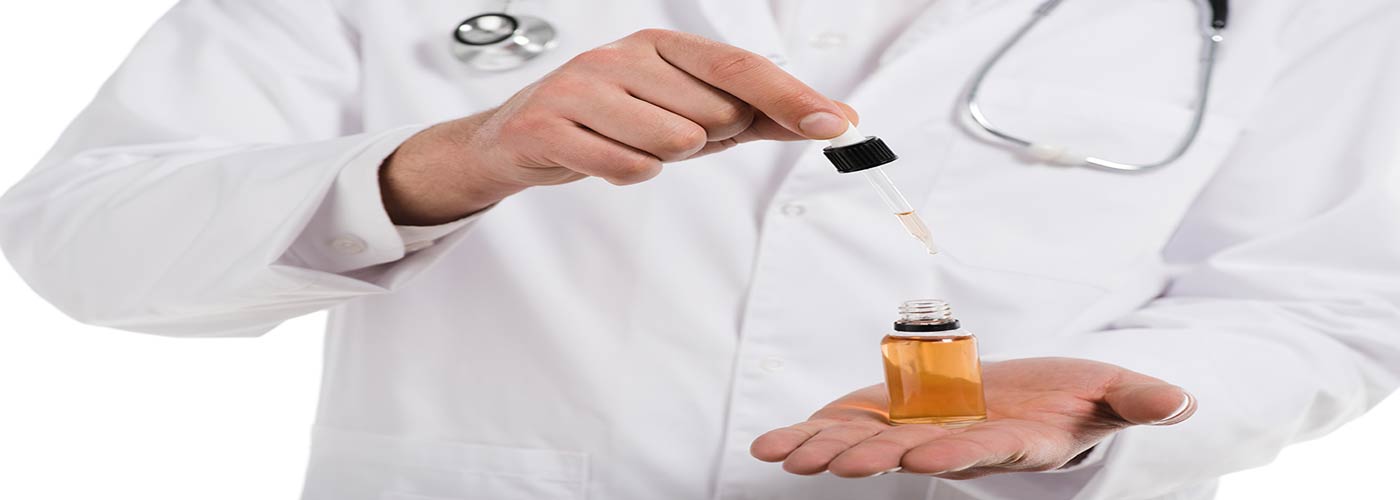Drug use can involve many substances, including many that would surprise the uninitiated. Embalming fluid, which contains many dangerous chemicals and is meant for preserving bodies, is commonly used to get high. Some people use the substance to dissolve PCP, a synthetic drug with multiple dangerous properties. Others dip marijuana or tobacco cigarettes into the fluid to increase the effect.
Smoking embalming fluid in any form and for any reason is hazardous. For one thing, PCP and similar drugs are highly addictive. Once the body has become accustomed to the substance, a painful, risky withdrawal process is the only way to break free. Embalming fluid also causes aggressive behavior while bringing a host of health risks, including seizures, brain damage, and cancer.
If you habitually smoke embalming fluid, you need to seek professional care as soon as possible. Medical detox is the only safe way to overcome your addiction, and working with professionals will also give you the best chance to build a clean, healthy life in the months after leaving the drug behind. Embalming fluid might be a dangerous, addictive substance, but options are always available for beating the addiction.
Embalming Fluid Defined
Embalming fluid is commonly used in funeral homes to prepare dead bodies for burial. The main ingredients include formaldehyde, glutaraldehyde, and methanol, which can help preserve dead tissue but are extremely dangerous when consumed by a living person.
When you see a dead body displayed, it is usually preserved with embalming fluid. You might also recognize the smell of formaldehyde from biology class since it’s often used to prepare dead animals for dissection.
Why People Smoke Embalming Fluid
There are two main reasons people smoke embalming fluid: to consume PCP or enhance the effects of some cigarettes. PCP, a synthetic drug known for its hallucinogenic effects, can’t be dissolved in water. Therefore, many people turn to an embalming fluid to dissolve the drug in a readily-available liquid. Once the drug has been dissolved in the embalming fluid, a user can dip a cigarette into the mixture and smoke it to feel the desired effects. These dipped cigarettes are commonly referred to as “wet drugs.”

Some users will dip cigarettes into an embalming fluid that doesn’t contain a dissolved substance. The chemicals within the liquid, while dangerous, are said by many to enhance the effects of marijuana or tobacco.
The Drug That’s Mixed With Embalming Fluid
PCP, technically known as phencyclidine, is a hazardous drug with countless problematic side effects. While it’s illegal to manufacture the drug, the ease of production has led to a thriving underground market. Illegal producers can manufacture the drug with simple equipment and inexpensive ingredients, making it almost impossible for authorities to stop production at the source.
In its impure powder form, PCP cannot be dissolved in water, and that’s why many users and dealers have turned to embalming fluid. By dissolving the powder in a liquid, they turn the drug into something to coat cigarettes. This process is designed to make the drug smokable.
Common Lingo: Angel Dust and Sherm
To understand the presence of drugs in your life or your community, it’s vital to grasp everyday slang and popular nicknames for substances. PCP is often referred to as “angel dust,” a likely allusion to the white powdered form that the substance sometimes takes. The word “sherm,” meanwhile, refers to a tobacco or marijuana cigarette that has been dipped in a mixture of PCP and embalming fluid. This seemingly random nickname stems from the cigarettes’ appearance, which resembles Nat Sherman cigarettes.
How Dealers Obtain Embalming Fluid
While embalming fluid is hardly a household good, it’s surprisingly easy to get your hands on. You can buy the substance in bulk from a manufacturer, but most dealers choose a more straightforward route: getting it on the sly from people who work in the funeral home industry. Anyone with the right connections can sneak small amounts of fluid away from a facility without being caught. The daily diversion of embalming fluid from legitimate sources is enough to fuel the illegal trade.
Common Side Effects From Smoking Embalming Fluid
Smoking embalming fluid with or within dissolved drugs inside is dangerous and addictive. Many side effects are associated with the substance, some of which can even prove deadly. While users might consider specific results desirable, there’s no escaping the general destructive nature of the substance.
When someone smokes embalming fluid, they often experience an elevated mood. They’ll notice a sudden rush of adrenaline and a sense of detachment from the problems in their life. Hallucinations and delusions are also common, and they sometimes have deadly consequences. People who have smoked embalming fluid have been known to become angry and aggressive, putting everyone around them at risk. Users can also endanger themselves by acting out their delusions. In some cases, people have jumped off buildings in the false belief that they could fly.
Like alcohol, embalming fluid causes impaired mobility and coordination, making it highly dangerous for anyone operating a motor vehicle. It can also infringe on a person’s memory and even cause total blackouts. Taken together, these side effects make the consumption of angel dust, Sherm’s, and all wet drugs a hazardous activity.
Embalming Fluid Health Risks
As you would imagine, embalming fluid is a highly toxic substance. After all, it’s designed for preserving dead bodies, not contributing to the health of a living organism. Long-term use of the substance can cause several devastating health issues, including cancer, brain damage, lung damage, seizures, tissue destruction, comas, and even death.
Addiction and Treatment
Embalming fluid, primarily when used alongside other drugs, can prove highly addictive. Not only does the mind crave additional highs, but the body comes to depend on the substance for its daily functioning. These addictive qualities make the substance especially dangerous.
Because of its addictive qualities, embalming fluid is tricky for users to quit independently. Not only are cravings all but irresistible, but physical side effects can also prove dangerous. To overcome the substance once and for all, it’s best to go through a professional treatment center.
Why a Medical Detox is Necessary
When the body has become accustomed to embalming fluid, the sudden cessation of consumption can have serious medical consequences. While withdrawal from the substance is rarely deadly, it brings a host of painful side effects. People often experience depression and anxiety alongside intense cravings upon quitting the drug. The strength of these unpleasant symptoms often drives people to relapse and resume their substance use.
Medical detox is the best way to control nasty symptoms and avoid a devastating relapse. The doctors at a treatment center can help individuals through the challenging first week. Once the worst effects of withdrawal have subsided, the newly clean individual can start developing coping mechanisms to defeat the addiction.
Seeking Professional Treatment
Overcoming an addiction is a long, arduous process, and most people struggle to do it alone. Luckily, support structures are available to help people through this challenging process. Facilities like the Garden State Treatment Center provide 24-hour care, giving patients the resources they need to fight through withdrawal and build a better life. Counseling sessions help develop a sense of mental fortitude, and peer groups provide additional moral support.
Smoking embalming fluid is undoubtedly a dangerous activity, but there’s no reason it has to be a death sentence. With the right strategy, it’s always possible to overcome addiction and lead a drug-free life. If you or a loved one are suffering from this addiction, seek professional assistance as soon as possible. A happier, healthier existence could be just a few weeks away.
FAQ
What are the dangers in smoking embalming fluid?
Published on: 2021-11-27
Updated on: 2025-01-01



